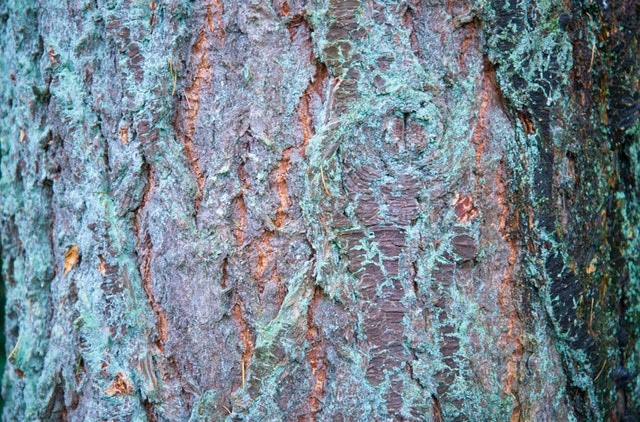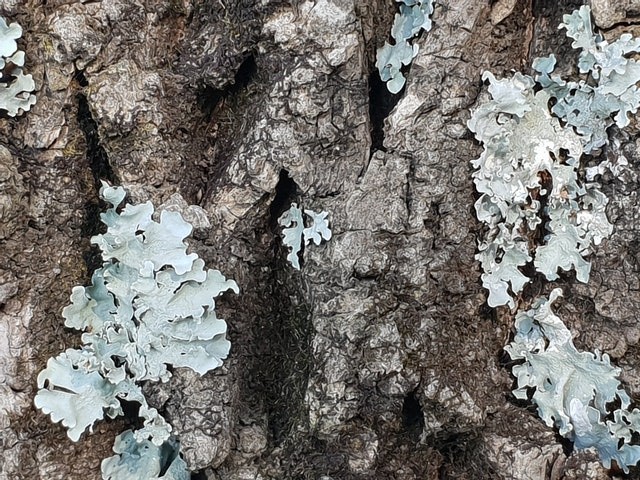Fungi have assisted researchers to make progress in changing wood into a valuable source of good electricity, which could one day result in "energy ballrooms".
The possibility of applying force to wood in order to produce an electric charge, which is named the piezoelectric effect, has been talked about since the 1940s and 1950s. Meanwhile, the fadingly little amount of electricity the process makes has held back the idea.

Rotten White Fungus
A group under the leadership of Ingo Burgert at ETH Zurich, Switzerland, has found how to twist the internal system of balsa wood to create the piezoelectric effect 55 times higher. The answer was to purposely rot the wood.
Ingo Burgert and his co-workers put in Ganoderma applanatum (a rotten white fungus) to balsa wood for a some weeks. This quickly spoilt the hemicellulose and lignin inside the wood, lowering its weight by nearly half.
The researchers discovered the sweet spot was treated for six weeks to make wood that was more squeezable, which means that it could create more electricity from the pressing and discharging action when force was used even without it losing strength.
Read More : Newly Discovered World's Oldest Fungus in South Africa Raises Questions About Early Life on Earth
The Energy Floor
The group then set up nine blocks of the spoilt wood, wrapped with a wooden veneer, to make a model "energy floor" that was made to give electricity to an LED.
"It is obvious this is only a number one step in this direction. But it is crucial to show that it is possible," says Burgert.
The volume of electricity created is still very little, only 0.85 volts from a cube of spoilt wood 15 millimeters across. Originally, the electricity will possibly power remote sensors, for instance, ones that recognize whether an elderly person has fallen over, says Burgert.
Nevertheless, in the long run, he realizes energy floors like a wooden ballroom generates a much greater result and is discussing with organizations about popularising an energy wood product.

Making More Buildings From Wood
The improvement could result in making more buildings from wood, and they are already being inspired because wooden structures have a smaller carbon footprint than structures created from concrete and steel.
The Climate Change Committee of the United Kingdom has revealed that the wood used in construction materials in our homes today makes up to 15 to 28 percent and should rise up to 40 percent by 2050 in order to help meet the net-zero target of the country.
Group member from the Swiss Federal Laboratories for Materials Science and Technology, Javier Ribera says: "We can offer much more than only the traditional use of wood. We can twist the properties, we can do many other things with wood that could be part of future smart cities or new building materials."
For now, the technique can only be done with balsa, which Burgert said has a low density and thin cell walls. More study will be done on different fungal treatments for other kinds of trees.
From the United States Department of Agriculture, Xiping Wang, says the results are promising even though he didn't partake in the study.
Related Article : Researchers Produce Bioplastic from Wood-Based Biopaste
For more news, updates about fungi and similar stories don't forget to follow Nature World News!
© 2025 NatureWorldNews.com All rights reserved. Do not reproduce without permission.





